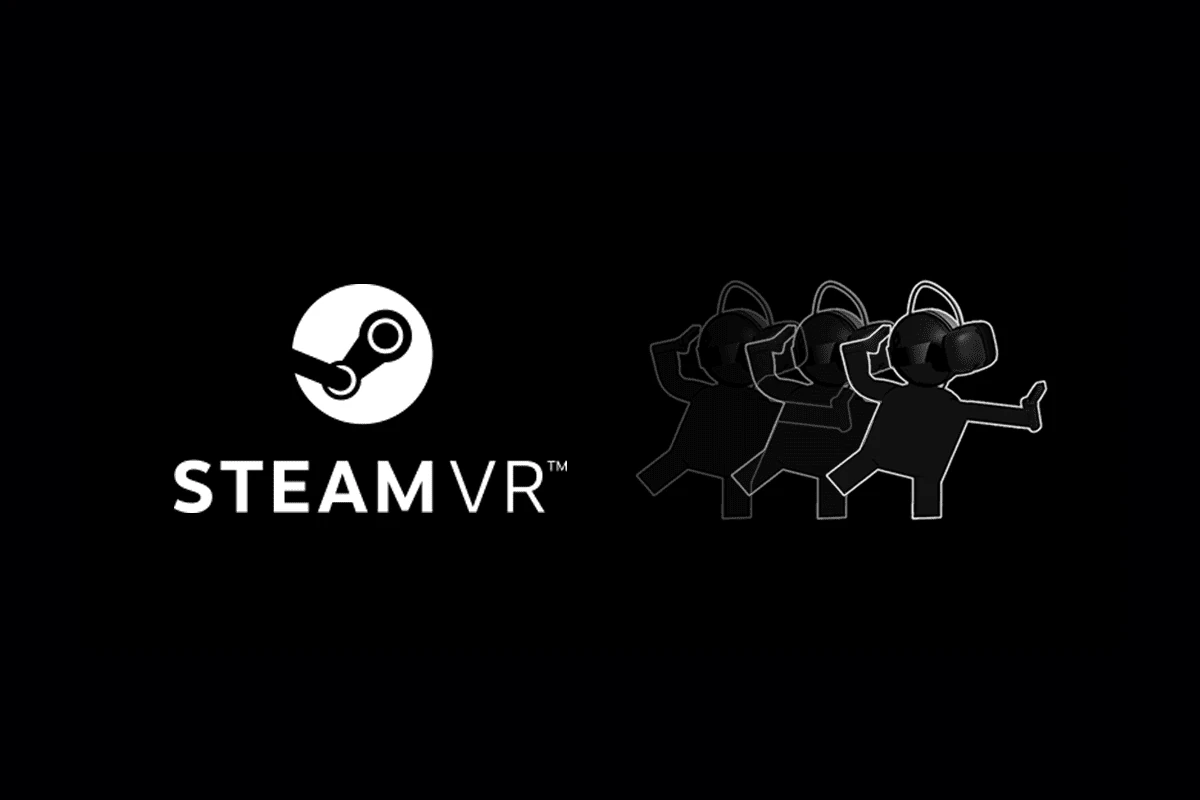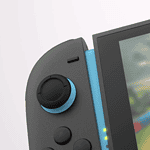SteamVR is a popular virtual reality platform, but it has compatibility issues with MacOS. Many Mac users cannot use SteamVR because of hardware limitations. SteamVR only works on Macs with Intel chips, which means users with newer Apple Silicon Macs cannot use it. If you’re a Mac user wanting to experience virtual reality with SteamVR, whether you can do so depends on your computer’s processor. This guide explains the compatibility of SteamVR with Intel-based and Apple Silicon Macs. It also suggests workarounds for Apple Silicon users and discusses the future of SteamVR on MacOS. Additionally, it presents alternative VR options for Apple Silicon Macs and gives an overview of gaming on MacOS.
If you have an Intel Mac, you can run SteamVR using Boot Camp, which lets you install Windows on your Mac. However, options are limited for Apple Silicon Mac users. Some might try different VR platforms or use external GPUs, but these solutions aren’t perfect for everyone. The VR community looks forward to updates from Valve or Apple to improve compatibility.
SteamVR and macOS: Compatibility Quirks
If you’re a Mac user interested in virtual reality (VR) using SteamVR, you might encounter some compatibility hurdles depending on your Mac’s processor. Here’s a breakdown of the situation:
Intel-based Macs
SteamVR is compatible with Macs that have Intel processors. You can run SteamVR natively on these systems, but performance can vary depending on the specific Intel Mac’s graphics card. Some users report smoother experiences using Boot Camp to run SteamVR through Windows on a separate partition.
Apple Silicon Macs
SteamVR currently lacks native support for Apple silicon Macs (those with M1, M2 chips, etc.). This incompatibility stems from Apple’s shift away from OpenGL and OpenCL, graphics APIs that SteamVR relies on, in favor of their own Metal graphics API.
Workarounds for Apple Silicon
While native support is absent, there are workarounds:
- Boot Camp: This allows you to install Windows on an Intel-based Mac and run SteamVR through it, often with better performance. However, it requires switching between operating systems.
- Virtual Machines: You can run Windows on a virtual machine on your Apple silicon Mac, but this method usually results in significantly reduced performance.
Why the Incompatibility?
Apple’s focus on its Metal graphics API for Apple silicon Macs optimizes performance and efficiency for apps designed to use Metal. However, this shift leaves software relying on older graphics APIs like OpenGL potentially incompatible.
The Future of SteamVR on macOS
Whether Valve will officially support Apple silicon Macs remains to be seen. They might update SteamVR to work with Metal, but there’s no official announcement or timeline.
VR Alternatives for Apple Silicon
Consider these alternatives if you have an Apple silicon Mac and want to experience VR:
- Standalone VR headsets: Headsets like the Meta Quest 2 operate independently without a computer, offering a wireless VR experience.
- Apple’s Vision Pro: Apple’s upcoming VR headset will run on their visionOS and is designed to work seamlessly with Apple silicon Macs.
Gaming on a Mac
Gaming on a Mac has evolved significantly in recent years. While Macs have not historically been considered gaming machines, advancements in hardware and software have made them more capable.
- Apple silicon: Apple’s M1 and M2 chips offer impressive graphics performance, allowing for smooth gameplay in many modern titles.
- Metal graphics API: Metal optimizes graphics performance on Apple silicon Macs, enabling developers to create visually stunning games.
- Growing game library: The number of games available for macOS is increasing, including AAA titles and popular indie games.
- Cloud gaming services: Services like GeForce Now and Xbox Cloud Gaming allow you to stream games to your Mac, even if it doesn’t have a powerful graphics card.
While Macs may not yet be on par with high-end gaming PCs, they are becoming increasingly viable for gaming.
Key Takeaways
- SteamVR is not compatible with Apple Silicon Macs
- Intel-based Macs can run SteamVR through Boot Camp
- Users seek alternative VR options for Apple Silicon devices
Compatibility Challenges With MacOS
SteamVR faces significant hurdles when it comes to working with MacOS. The main issues stem from processor types and hardware limitations in Apple’s laptops.
The Role of Intel Processors in SteamVR Compatibility
SteamVR support for MacOS depends heavily on Intel processors. Macs with Intel chips can run SteamVR through Boot Camp, which allows Windows installation. This method lets users access VR content, but with some drawbacks:
- Performance may be lower than on dedicated Windows machines
- Extra steps are needed to set up and use VR
- Not all VR headsets work well with MacOS, even through Boot Camp
For M1 Macs, the situation is trickier. These newer Apple chips don’t support Boot Camp, making it nearly impossible to run SteamVR natively.
MacBook Limitations for VR Gaming
MacBooks face several constraints for VR gaming:
- Graphics power: Most MacBooks lack dedicated GPUs needed for smooth VR experiences
- Ports: Limited port options make connecting VR headsets challenging
- Cooling: MacBooks may struggle with the heat generated by VR applications
| MacBook Feature | VR Gaming Impact |
|---|---|
| Integrated GPU | Lower performance |
| Limited ports | Connectivity issues |
| Thin design | Potential overheating |
These factors make MacBooks less than ideal for VR gaming. Users often face crashes, poor frame rates, or inability to connect VR hardware properly.
Alternatives and Solutions
Mac users have options to access SteamVR despite its lack of native support. These methods involve using Windows or external VR systems.
Using Boot Camp for Windows 10 or Windows 11 Pro
Boot Camp lets Mac owners with Intel chips run Windows directly on their hardware. This approach gives full access to SteamVR and VR games.
Steps to set up Boot Camp:
- Open Boot Camp Assistant
- Create a Windows partition
- Install Windows 10 or 11 from a disk image
- Install drivers in Windows
Pros:
- Native Windows performance
- Full SteamVR compatibility
Cons:
- Requires rebooting to switch OS
- Uses disk space for Windows
Virtual Machines and Parallels Desktop
Virtual machines offer a way to run Windows inside macOS. Parallels Desktop is a popular choice for this.
Parallels Desktop features:
- Runs Windows alongside macOS
- Shares Mac hardware resources
- Supports some VR headsets
| Feature | Boot Camp | Parallels |
|---|---|---|
| Performance | Better | Good |
| Ease of Use | Moderate | Easy |
| Disk Space | More | Less |
| Cost | Free | Paid |
VR through Parallels may have lower performance than Boot Camp. It works best with simpler VR apps and games.
External VR Systems Compatibility
Some VR systems work independently from a computer. These offer an alternative for Mac users.
Meta Quest 2 is a standalone VR headset that doesn’t need a PC. It runs its own VR apps and games.
Features of external VR systems:
- No computer needed
- Wireless freedom
- Limited game selection
These systems bypass the need for SteamVR entirely. They’re a good choice for casual VR users or those who don’t want to set up Windows.
Frequently Asked Questions
SteamVR compatibility with Mac systems depends on several factors. Users often have questions about hardware requirements, chip compatibility, and alternative options for VR experiences on Mac devices.
What are the system requirements for running SteamVR on a Mac?
SteamVR needs an Intel-based Mac with macOS 10.11.6 or later. The computer must have at least 4GB of RAM and a graphics card that supports Metal. Intel Iris Pro GPUs or dedicated AMD GPUs work best.
Can SteamVR operate on a Mac with Apple’s M1 chip?
SteamVR does not work on Macs with Apple’s M1 chip. The software requires an Intel-based Mac. Users report issues like black screens and system freezes when trying to use VR headsets with M1 Macs.
Is there a method to stream VR content to macOS from another computer?
Yes, users can stream VR content to a Mac from a VR-capable Windows PC. This method uses apps like Virtual Desktop or ALVR. The Mac acts as a display while the Windows PC handles the VR processing.
Are any versions of MacBook Air compatible with SteamVR?
MacBook Air models with Intel chips can run SteamVR. However, their performance may be limited due to less powerful graphics capabilities. Older MacBook Air versions might struggle with more demanding VR applications.
What alternatives exist for using a VR headset with a Mac that doesn’t support SteamVR?
Some options include:
- Using Boot Camp to install Windows on Intel-based Macs
- Cloud gaming services that support VR
- Standalone VR headsets like Oculus Quest 2
- Using a Mac as a display for a VR-capable Windows PC
How can I connect an Oculus Quest Link to a Mac with an M1 chipset?
Oculus Quest Link is not compatible with M1 Macs. The Quest can function as a standalone device, but it cannot connect to M1 Macs for PC VR experiences. Users need a VR-ready Windows PC to use Oculus Link.
| VR Option | Compatibility with M1 Mac | Notes |
|---|---|---|
| SteamVR | Not compatible | Requires Intel-based Mac |
| Oculus Link | Not compatible | Needs VR-ready Windows PC |
| Standalone VR | Compatible | Works independently of Mac |
| VR Streaming | Compatible | Requires separate VR-capable PC |






